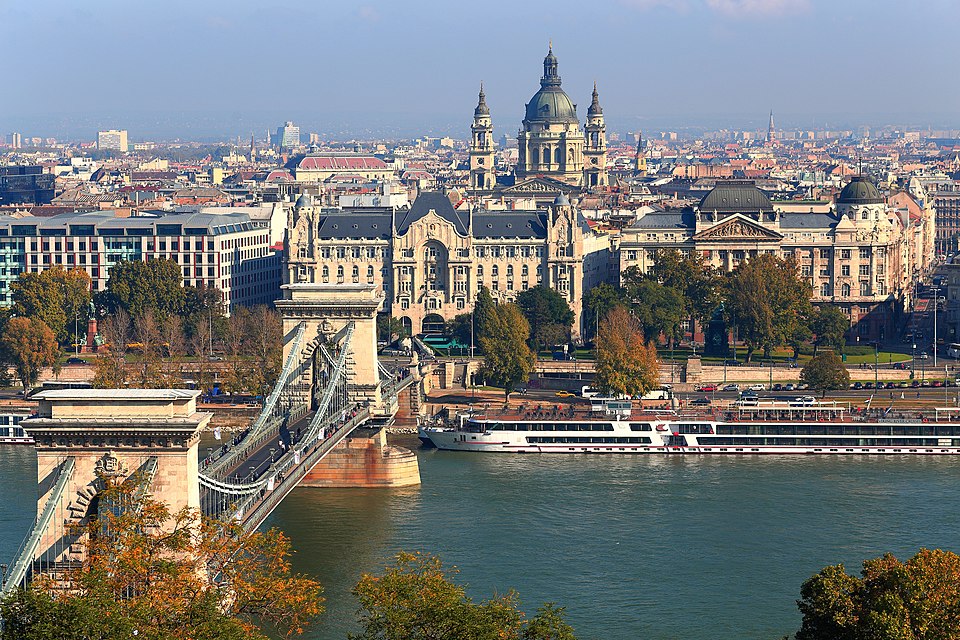

Curated experiences in Budapest

The Semmelweis Museum, Library and Archive of the History of Medicine (Hungarian: Semmelweis Orvostörténeti Múzeum, Könyvtár és Levéltár) is a …

Szilágyi Dezső Square Reformed Church is a Protestant church in Budapest. It was built by Samu Pecz from 1893 to …


The Museum of Applied Arts (Hungarian: Iparművészeti Múzeum, pronounced [ˈipɒrmyːveːsɛti ˈmuːzɛum]) is a museum in Budapest, Hungary. It is the …

The Széchenyi Chain Bridge (Hungarian: Széchenyi lánchíd [ˈseːt͡ʃeːɲi ˈlaːnt͡shiːd]) is a chain bridge that spans the River Danube between Buda …






The Óbuda Synagogue is an Orthodox Jewish congregation and synagogue, located in Óbuda, in the III district of Budapest, Hungary. …

The Holocaust Memorial Center (Hungarian: Holokauszt Emlékközpont) is a Jewish Holocaust history museum, located at 39 Páva Utca, Budapest, in …

Memento Park (Hungarian: Szoborpark) is an open-air museum in Budapest, Hungary, dedicated to monumental statues and sculpted plaques from Hungary's …

Gül Baba's tomb (türbe) in Budapest, Hungary, is the northernmost Islamic pilgrimage site in the world. The mausoleum is located …



Ferenc Hopp Museum of Asiatic Arts is an art museum in Budapest, Hungary.



Create a personalized itinerary and unlock the finest experiences Budapest has to offer
Plan Your Trip